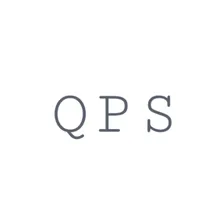Binance Leaderboard 🚀
Pricing
$15.00/month + usage
Binance Leaderboard 🚀
Unleash your trading potential by leveraging top-performing traders' strategies on Binance Futures Leaderboard. Extract their current positions and use Binance's sorting and filtering powerful tools to stay ahead of the curve. Optimize your trading performance and make informed decisions today!
Pricing
$15.00/month + usage
Rating
0.0
(0)
Developer

QPS
Actor stats
1
Bookmarked
37
Total users
5
Monthly active users
2 years ago
Last modified
Categories
Share

